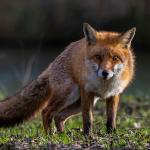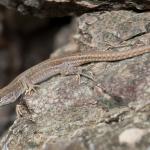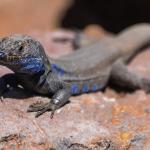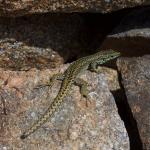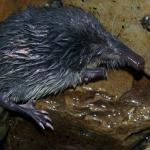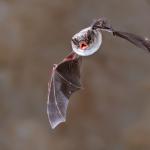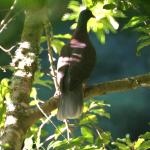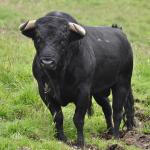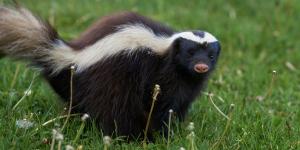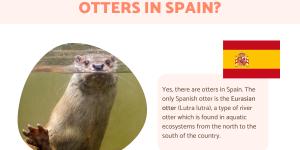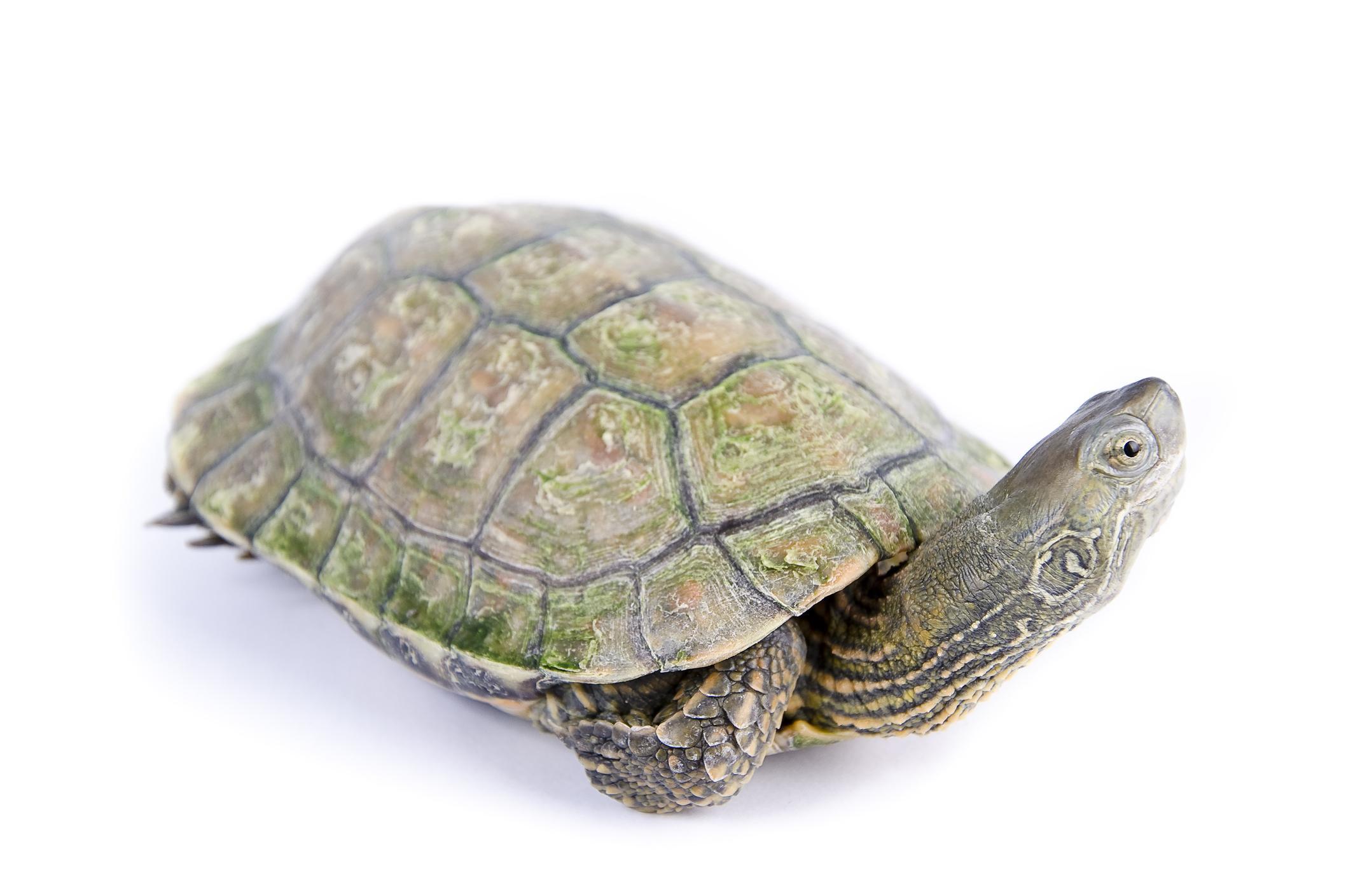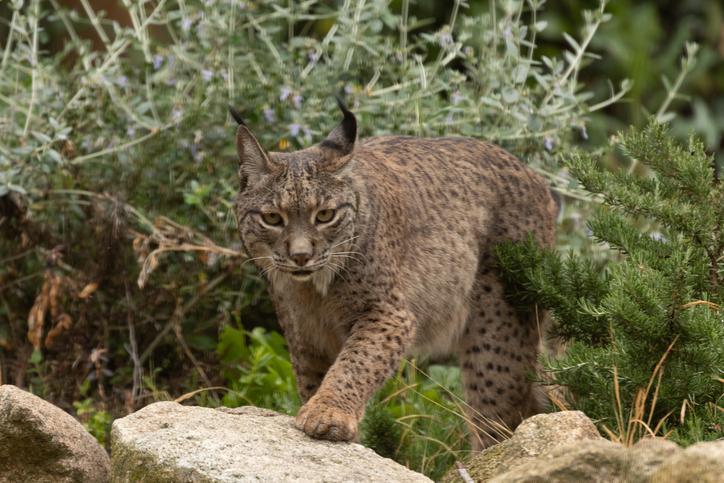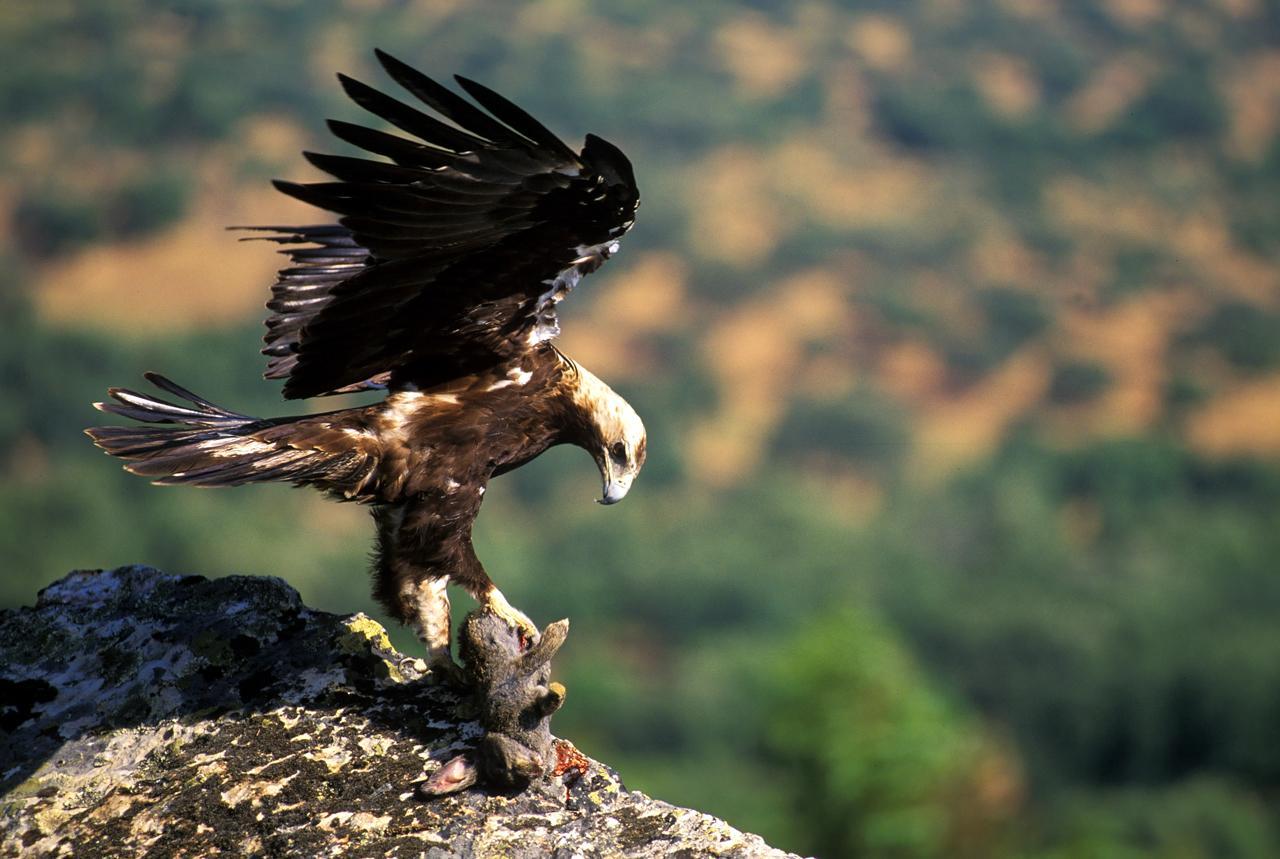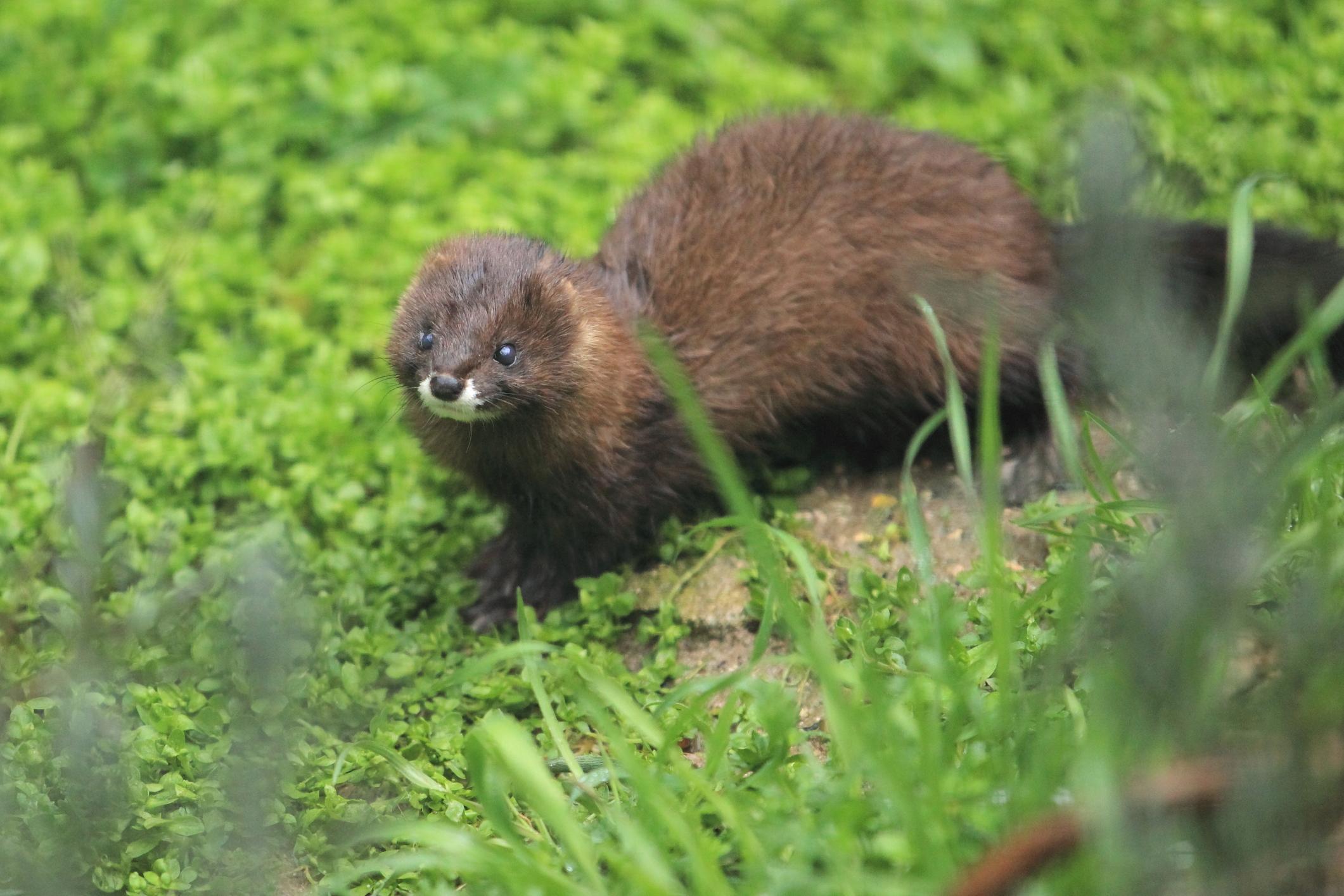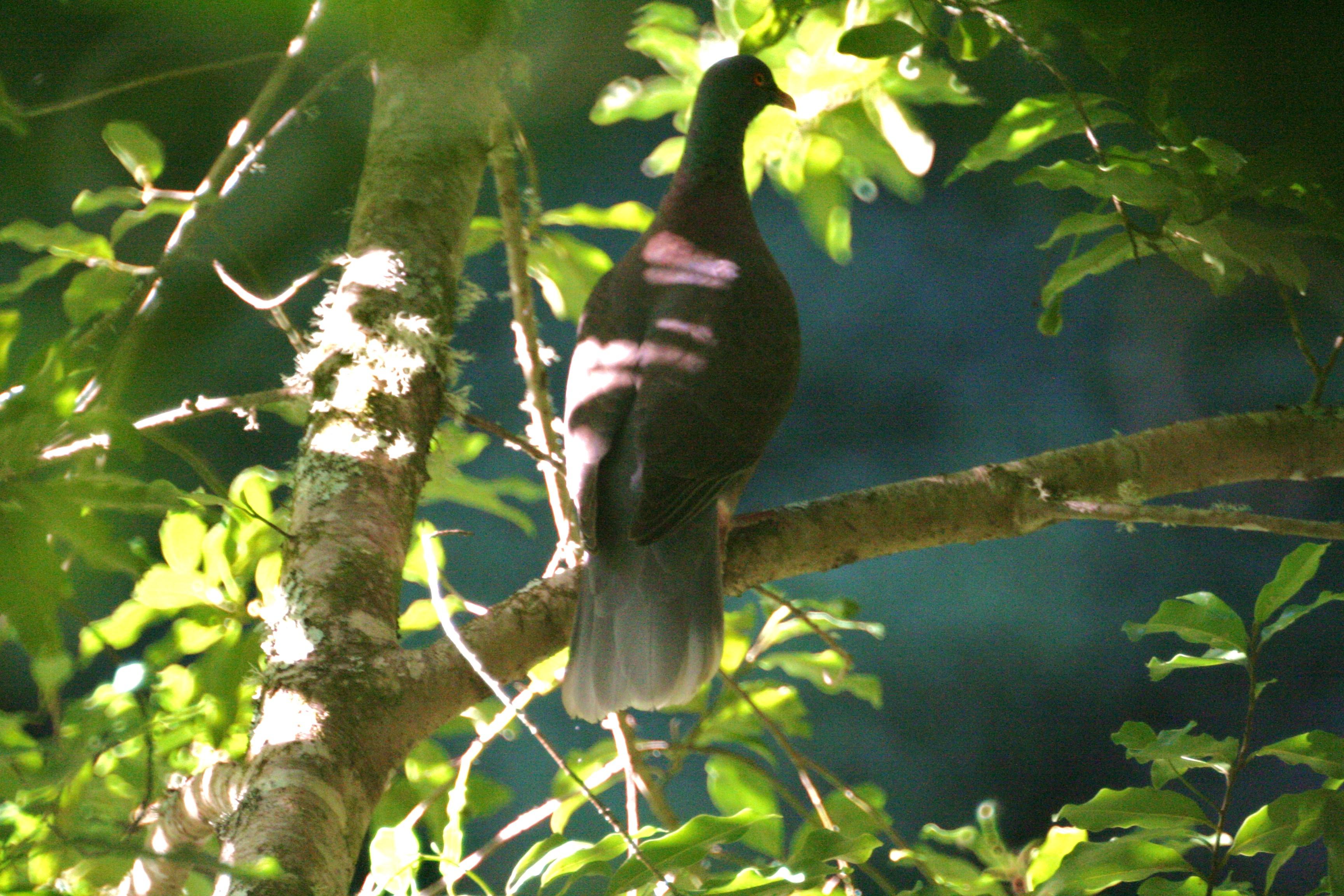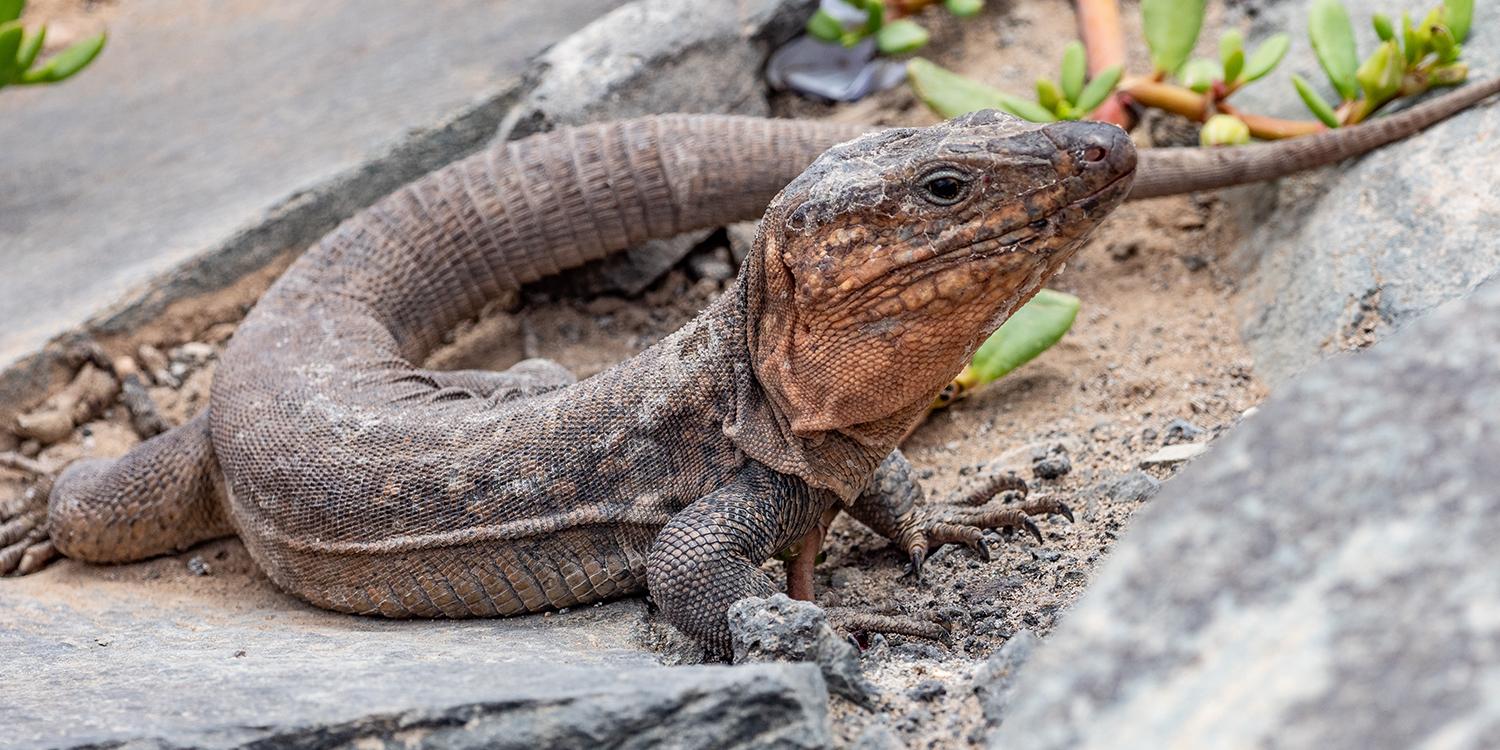25 Animals From Spain

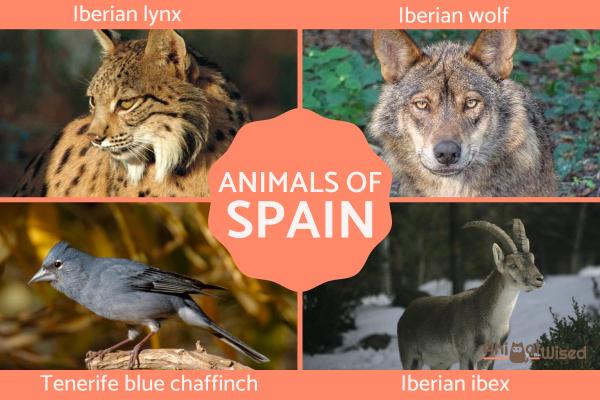
In the different regions of the earth there are animals that, although they are also found in other countries, are considered representative of these places. A concept that is relevant to this aspect of biodiversity is that of endemism, which describes species that are characteristic of a place and whose range is characteristic of the country or region. So we find native animals from different areas or countries.
This AnimalWised article describes the fauna of Spain, a country that hosts numerous and very diverse species. Some of the animals of Spain that we present below are endemic, while others are also found in other countries.
- Bolle's pigeon (Columba bollii)
- Tenerife Blue Chaffinch (Fringilla teydea)
- Iberian pond turtle (Mauremys leprosa)
- Majorcan midwife toad (Alytes muletensis)
- Mediterranean house gecko (Hemidactylus turcicus)
- Iberian lynx (Lynx pardinus)
- Iberian wolf (Canis lupus signatus)
- Iberian ibex (Capra pyrenaica)
- Iberian shrew (Sorex granarius)
- Spanish Imperial Eagle (Aquila adalberti)
- Other endemic animals of Spain
Bolle's pigeon (Columba bollii)
This species of pigeon is native to Spain, especially the Canary Islands. It is slightly larger than the domestic pigeon, measuring 36 cm to 38 cm in length, and is a curious bird because of its peculiar dark gray coloring with a pinkish breast area. In addition, the bands on the tail, also dark, distinguish it from the White-tailed Laurel Pigeon (Columba junoniae), which is also native to this region.
It is common in wooded areas, ravines and cultivated landscapes. In the past it was widespread, but has disappeared from many areas due to deforestation of laurel forests on the islands. Recently, deforestation of laurel forests has slowed or been halted. Because of the damage this pigeon can do to crops, it continues to be illegally hunted and poisoned.
If you love these birds as much as we do, do not miss this other article with all the pigeon species.

Tenerife Blue Chaffinch (Fringilla teydea)
Another endemic animal in Spain is the blue finch of Tenerife. As its name suggests, it is a very beautiful finch species that lives only on the island of Tenerife. It is native to the Canary Islands in Spain and lives in the laurel forests. It is the animal symbol of the island of La Gomera.
It has certain similarities with the chaffinch (Fringilla coelebs), but it is larger. There is also a sexual dimorphism in this species, because the males are more conspicuous than the females, with their distinctive blue color on almost the entire body, while the females are dull brown.
Despite its chunky, long-tailed appearance, this pigeon has a fast, direct flight.
This finch develops mainly in pine forests, but during the breeding and winter seasons it moves to other areas of the island. Its natural habitat is subtropical forests in areas of high humidity or dense tree heaths that are cloudy most of the year.
The main cause of population decline is habitat loss due to deforestation, but hunting and nest predation by introduced species and rats have also contributed to population decline.
The protection of laurel forests and an effective hunting ban could help to increase the population again. However, the species is currently classified as near threatened by the International Union for Conservation of Nature (IUCN).
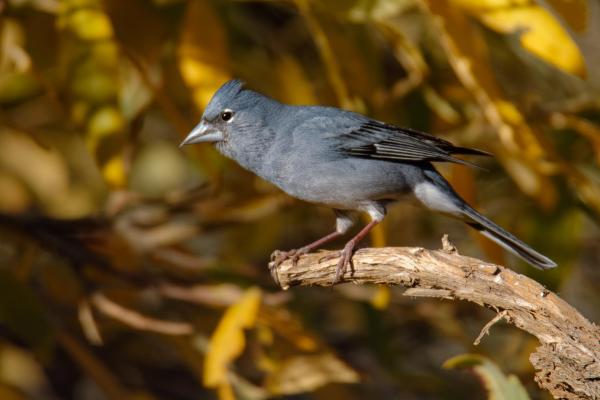
Iberian pond turtle (Mauremys leprosa)
The Iberian pond turtle (Mauremys leprosa), also known as the Mediterranean pond turtle or Mediterranean tortoise, is an animal native to the Iberian Peninsula, very common in Spain and also found in other neighboring countries.
It lives in freshwater bodies such as rivers or marshes. Its protection is complicated by the destruction of its habitat, capture as a pet and competition from species introduced by humans, such as the red-eared slider (Trachemys scripta elegans). It is a carnivore that feeds mainly on other animals such as frogs, newts, snails, insects, worms, small crustaceans, small fish, leeches, etc. It may also eat plant food and usually leaves the water only to sunbathe and rarely to explore the terrain.
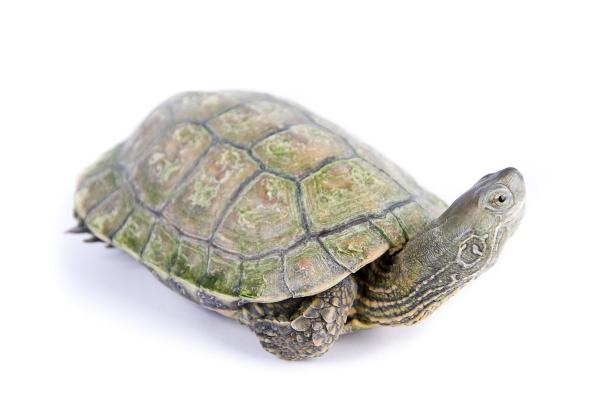
Majorcan midwife toad (Alytes muletensis)
The majorcan midwife toad (Alytes muletensis) is an endemic animal in Spain, especially in the Balearic Islands. It grows between 34 and 38 mm, with females larger than males. In general, the head and legs are large compared to the rest of the body. Unusually, the female of this species competes for the male and even fights with other individuals to secure a mate.
Currently, the species is virtually restricted to deep streams that have been dug and to certain artificial water bodies. The species is classified as endangered by the IUCN. It has an estimated population of 500 breeding pairs in the wild and does not reproduce easily in captivity.
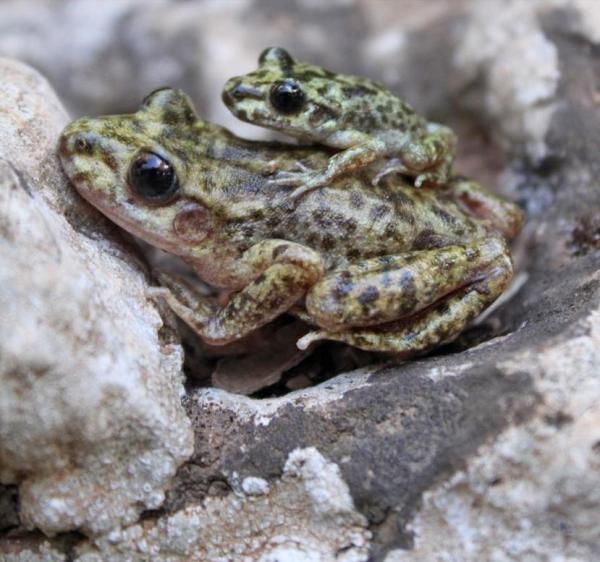
Mediterranean house gecko (Hemidactylus turcicus)
It is also known as the Mediterranean domestic gecko or Turkish gecko (Hemidactylus turcicus), and although its origin is rather limited, it is currently distributed worldwide due to its introduction in different countries. It is exclusively nocturnal, with a peak of activity around 2:00 am. They are insectivores and rarely grow longer than 15 centimeters.
Unlike many other reptiles, they seem to be very resistant to pesticides. Their spread can be explained by the fact that there are few predators in the places where they have been introduced. They also tend to hide in the cracks and unseen areas of human houses, such as in the walls. Thus, similar to rodents, dependence on human dwellings has contributed to their spread.
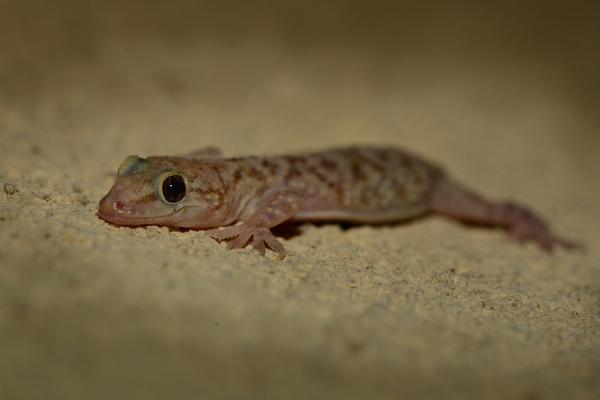
Iberian lynx (Lynx pardinus)
This is another typical animal of Spain, native to this region and introduced in other regions. It resembles the other lynx species, but its weight varies between 11 and 15 kg, and it grows between 0.8 and 1 meter. It feeds almost exclusively on the European rabbit (Oryctolagus cuniculus), which is also native to Spain, France, and Portugal. The Iberian lynx prefers heterogeneous environments of open grasslands mixed with dense shrubs such as strawberry, mastic, and juniper, and trees such as holm and cork oaks. It is now largely restricted to mountainous regions.
Unfortunately, the Iberian lynx is in danger of extinction due to habitat destruction, poaching, and declining populations of its main prey species. Although the International Union for Conservation of Nature (IUCN) currently states that its population is increasing, it continues to face the above threats.
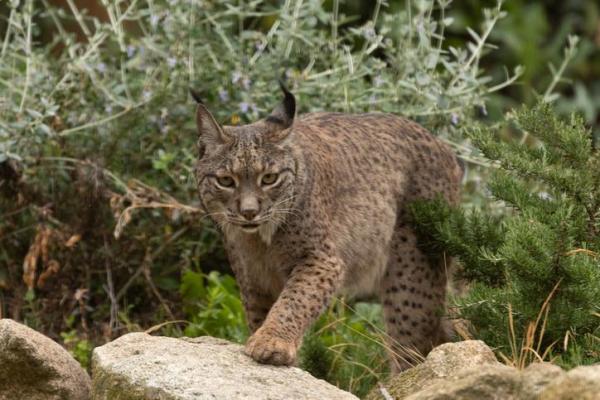
Iberian wolf (Canis lupus signatus)
The Iberian wolf is another typical animal of Spain. It is a subspecies of the gray wolf (Canis lupus). It inhabits the northwest of the Iberian Peninsula, which includes northwestern Spain and northern Portugal. They have been isolated from other wolf populations for more than a century and form the largest wolf population in Western Europe.
It is between 0.70 and almost one meter tall, about 1.40 meters long and slender in stature. It has white coloring on the muzzle and dark spots on the tail and front legs, which distinguishes it from other wolf species.
Due to population controls and damage to livestock, Iberian wolves were the only Western European subspecies of wolf whose hunting remained legal, but only in Spain. However, they are extremely difficult to hunt due to their vigilance and the rarity of their sightings. They were highly sought after by many European hunters as a big game trophy.
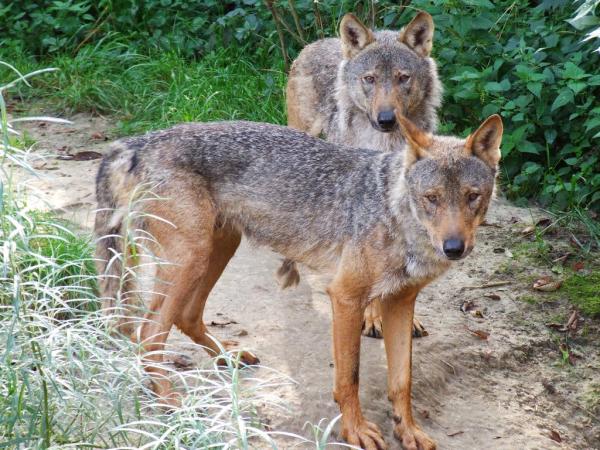
Iberian ibex (Capra pyrenaica)
The Iberian ibex (Capra pyrenaica), also known as the Spanish ibex, Spanish wild goat, or Iberian wild goat, is a species of ibex endemic to the Iberian Peninsula. It is currently distributed only in this country and has been reintroduced in Portugal, having become extinct in other areas of Europe.
The Spanish Ibex has a gray-brown color, weighs between 35 and 80 kg and measures 0.65 to 0.75 meters in height and between 1 and 1.4 meters in length. The Iberian Ibex is characterized by its large and flexible hooves and short legs. The Iberian Ibex also shows sexual dimorphism, with the male being larger and heavier and also having larger horns than the female. It lives in thickets, cliffs, rocky and wooded areas, which is why it is considered one of the most representative mountain animals in Spain.

Iberian shrew (Sorex granarius)
The Iberian shrew or Lagranja shrew (Sorex granarius) is a species of mammal in the family Soricidae. It is native to Portugal and Spain. It grows to about 10 cm in size and weighs about 6 grams. Adults have light brown sides, a dark back and a whitish belly. It is common in various habitats, including different forest areas, areas with streams or high humidity, thickets, rocky areas and even cultivated areas.
In both adults and juveniles, the coat is adapted to cold, moist habitats: Each guard coat has a notch along its length that helps prevent water from entering the body.
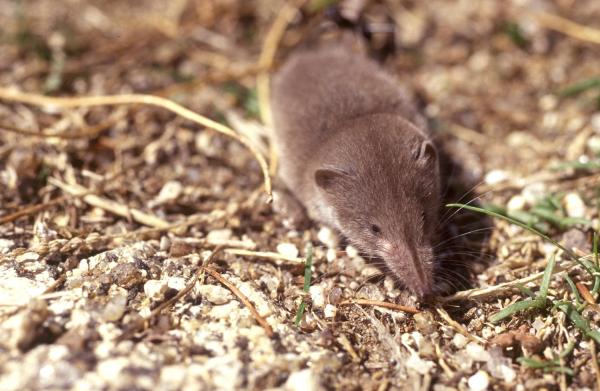
Spanish Imperial Eagle (Aquila adalberti)
The Spanish Imperial Eagle (Aquila adalberti), also known as the Iberian Imperial Eagle, Spanish Eagle, or Adalbert Eagle, is a species of eagle native to the Iberian Peninsula. It is a large bird of prey and quite a large eagle, largely similar in size to its cousin, the eastern imperial eagle, which occurs in a distinctly different range. It weighs between 2.5 and 5 kilograms, is between 0.7 and 0.85 meters tall, and its wingspan can exceed 2 meters. Its coloration is a combination of brown, reddish and white tones.
The highest reproduction rate occurs in Spain and develops in alluvial plains, dunes of marshes, hills and mountainous areas. The species is classified as endangered by the IUCN. Threats include habitat loss, human intrusion, collisions with power poles, and illegal poisoning.
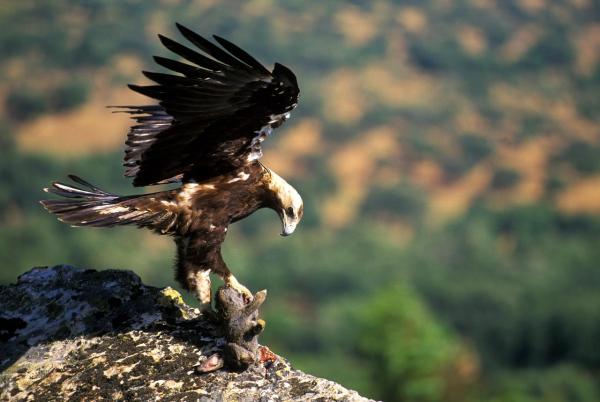
Other endemic animals of Spain
As you have seen, the fauna of Spain is very diverse and goes far beyond the world-famous Spanish Fighting Bull (Toro Bravo), an animal you were probably surprised not to see on our list. While it is true that it is one of the most typical animals of Spain, it is not the only one, and that is why we have highlighted other species that also deserve a special mention.
In addition to the animals mentioned, there are many other species that are endemic or typical of Spain, such as the following:
- Wild boar (Sus scrofa)
- Red fox (Vulpes vulpes)
- Spanish mole (Talpa occidentalis)
- European mink (Mustela lutreola)
- Atlantic lizard (Gallotia atlantica)
- Gallot's lizard (Gallotia galloti)
- Bedriaga's skink (Chalcides bedriagai)
- Cyren's rock lizard (Iberolacerta cyreni)
- Pyrenean desman (Galemys pyrenaicus)
- Long-fingered bat (Myotis capaccinii)
- White-tailed laurel pigeon (Columba junoniae)
- Gran Canaria giant lizard (Gallotia stehlini)
- Cantabrian brown bear (Ursus arctos pyrenaicus)
If you want to read similar articles to 25 Animals From Spain, we recommend you visit our Facts about the animal kingdom category.
- Boitani, L., Phillips, M. & Jhala, Y. (2018). Canis lupus (errata version published in 2020). The IUCN Red List of Threatened Species. Available at: https://dx.doi.org/10.2305/IUCN.UK.2018-2.RLTS.T3746A163508960.en
- Myers, P., R. Espinosa, CS Parr, T. Jones, GS Hammond, and TA Dewey. (2022). Animal Diversity website. Available at: https://animaldiversity.org
- IUCN (2022). IUCN Red List of Threatened Species. Version 2021-3. Available at: https://www.iucnredlist.org
25 Animals From Spain photos

